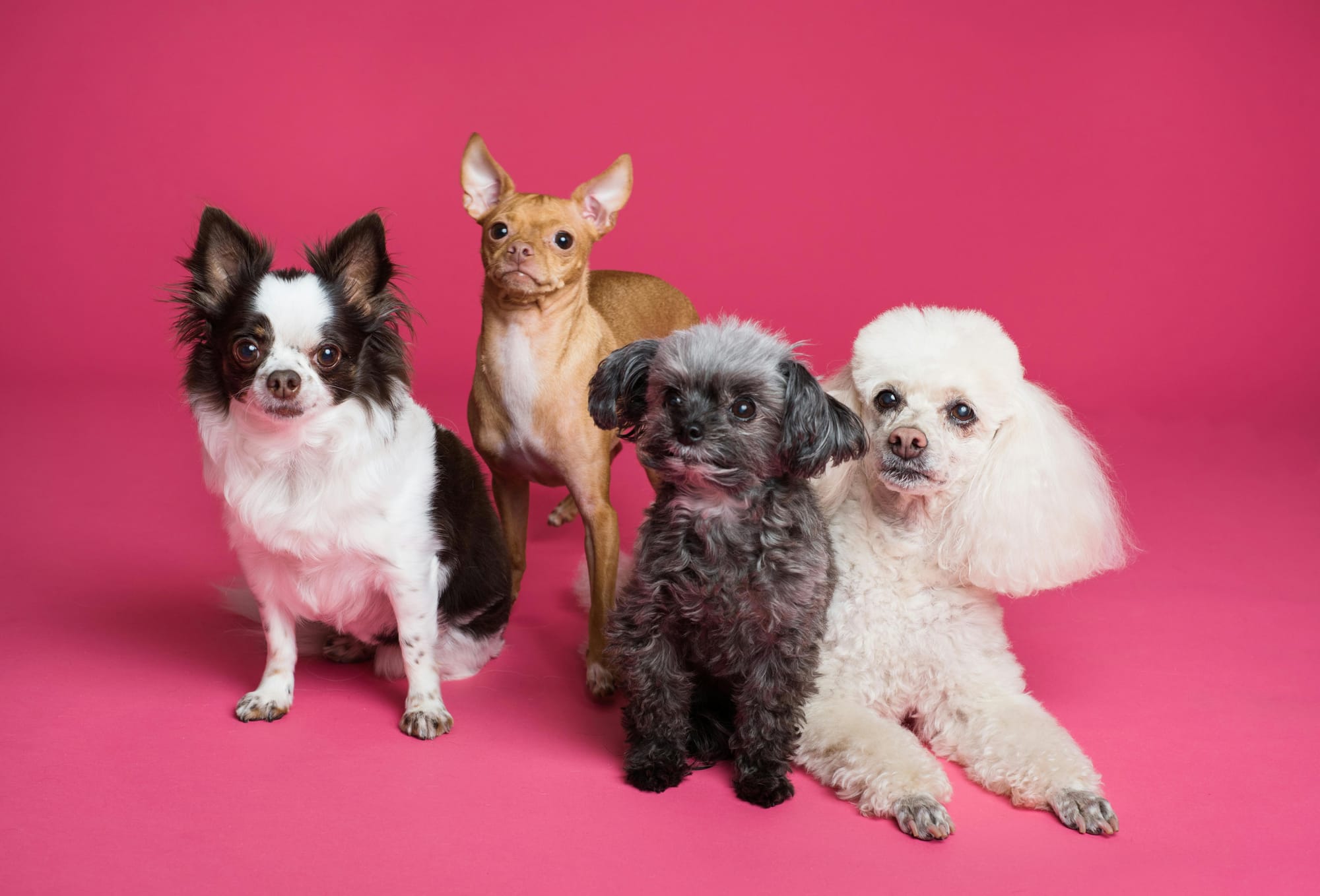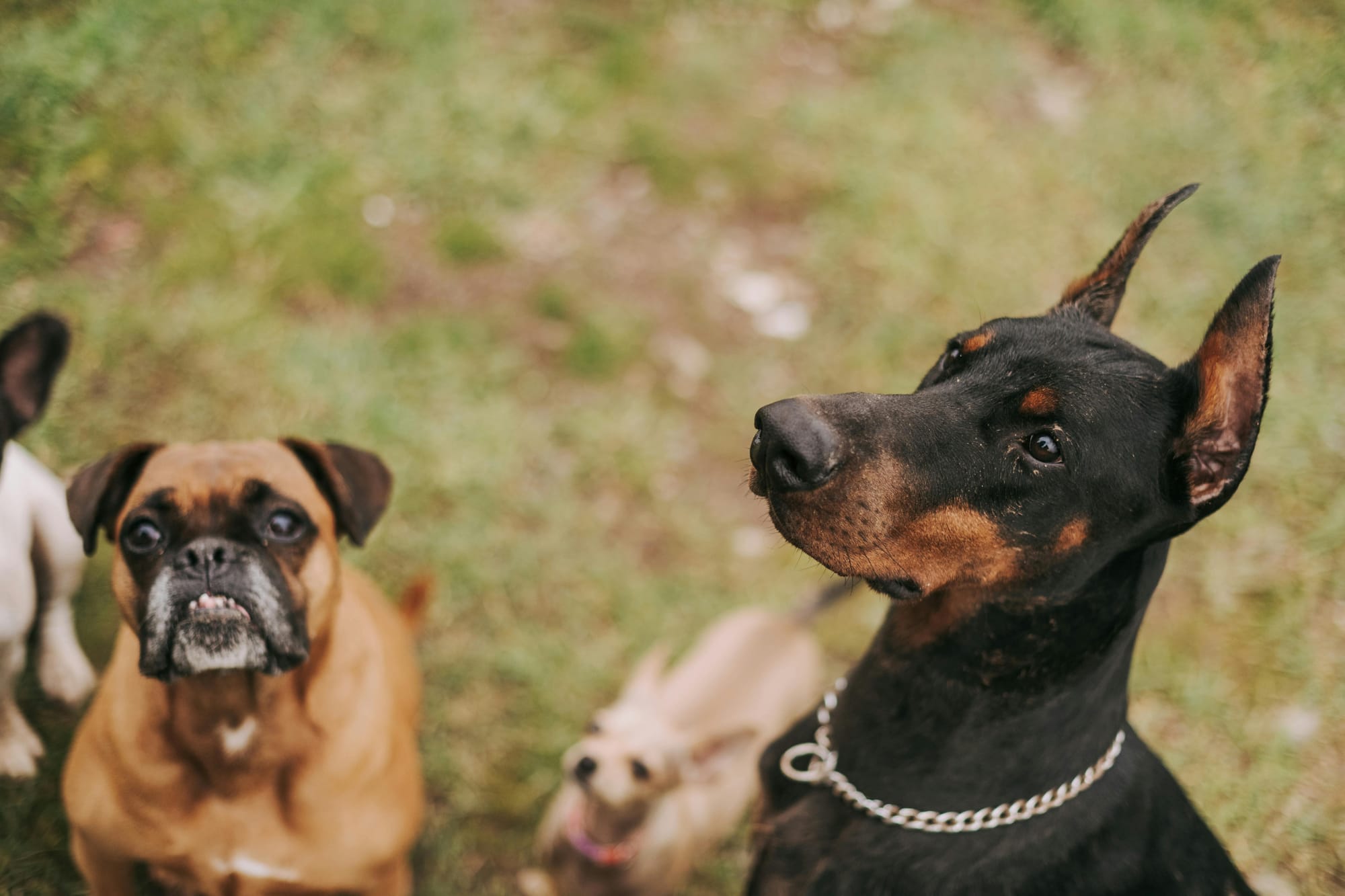Pet Insurance in Kenya 2025: Costs, Coverage, Benefits, and How to Choose the Best Plan for Your Pet

Owning a pet in Kenya is no longer just about food, toys, and the occasional trip to the vet. With rising veterinary costs and an increasing number of families treating pets as part of the household, many are now asking: Is pet insurance in Kenya worth it in 2025?
This guide covers everything you need to know — from costs and coverage to exclusions, benefits, and tips on choosing the right plan for your furry friend.
What is Pet Insurance?
Pet insurance is a policy that helps cover unexpected costs for your pet’s health and safety. Depending on the insurer, it can include veterinary treatment, accidents, illness, surgery, medications, death, theft, and sometimes liability if your dog or cat injures a third party. In Kenya, pet insurance remains a niche product, primarily offered by a few insurers and brokers. Unlike in countries where pet insurance is standard, here it’s evolving — so benefits and limitations vary widely between providers.
Who Offers Pet Insurance in Kenya?
Several insurers and brokers now provide cover for pets:
- Co-op Bancassurance – Covers death (accident, illness, epidemics, euthanasia) and theft. Premiums are about 4% of the pet’s value, with a minimum of KES 2,500 and a 10% excess per claim.
- Bolja Insurance Agency – Promotes “comprehensive pet cover” including vet bills for accidents, illnesses, surgeries, and medications.
- APA Insurance – Covers loss or death due to accident, disease, epidemic, or euthanasia.
- Jubilee-Allianz (PetCare Plan) – Offers more exhaustive coverage, including accidents, illnesses, and some routine care. They promise to settle claims within 10 working days.
- Anziano Insurance Agency – Brokers policies covering vet expenses, theft, death, and public liability.
- GA Insurance – Provides veterinary cover, diagnostics, treatment, surgery, death, and theft. However, medical benefits are capped at 10% of the pet’s value (minimum KES 5,000).
What Does Pet Insurance Cover?
While every policy is different, common coverages include:-
- Accidents and injuries
- Broken bones, trauma
- poisoning, or emergencies.
- Illnesses – Viral, bacterial, or chronic conditions.
- Surgery and hospitalization – Operations and post-surgical care.
- Diagnostics and medication – X-rays, lab tests, scans, prescribed drugs
- Death and euthanasia – If recommended by a vet.
- Theft or loss – If your pet is stolen or irrecoverably lost.
- Public liability – If your pet injures a person or damages property.
What Pet Insurance in Kenya Does Not Cover
Common exclusions include:
- Pre-existing conditions- Routine care like vaccines, deworming, and grooming (unless bought as add-ons)
- Breed-specific or hereditary illnesses- Negligence (e.g. missing vaccinations)
- Cosmetic or elective procedures
- Pregnancy and breeding costs
- Boarding, behavioral training, or non-medical expenses
How Much Does Pet Insurance Cost?
Premiums depend on your pet’s value, age, breed, health, and coverage level. For example, Co-op Bancassurance charges 4% of the pet’s value, with a floor of KES 2,500 per year. If your dog is valued at KES 100,000, your annual premium would be KES 4,000 (plus you’d cover 10% of any claim as excess). Other insurers calculate differently, but most use some combination of pet valuation, medical caps, and add-ons to determine price.
Why Consider Pet Insurance?

Here are situations where pet insurance makes sense:- You own a high-value or pedigree pet.- Your dog or cat is prone to specific health issues.- You live in Nairobi, Mombasa, or other cities where vet costs are high.- You want peace of mind for emergencies and don’t want to drain savings during a crisis.- You want liability protection if your dog accidentally harms someone.
Challenges of Pet Insurance in Kenya
Despite the benefits, the Kenyan market faces challenges:
- Low awareness – many pet owners are unaware that such policies exist.
- Caps and exclusions – Medical benefits are often tightly limited.
- Reimbursement model – Most insurers require you to pay first, then claim later.
- Strict vet reports – Insurers need health checks and vaccination proof before cover.
- Limited provider networks – Few insurers have direct partnerships with vet clinics
Tips When Choosing a Pet Insurance Policy
- Check what’s actually covered – and the maximum payout
- Look at exclusions – pre-existing conditions, age, or breed restrictions.
- Understand the excess – how much you must pay out of pocket.
- Ask about claim process – how fast, how transparent, and what documents are needed.
- Consider your pet’s risks – a healthy young cat may not need the same cover as an older German Shepherd.
- Get written policy documents – never rely on verbal promises
Final Word
Pet insurance in Kenya 2025 is still developing, but it’s already available for dog and cat owners who want peace of mind. Whether you choose Co-op Bancassurance for basic death and theft cover, Jubilee-Allianz for broader medical care, or a broker like Bolja for flexibility, the key is understanding costs, coverage, benefits, and exclusions. If your pet is part of your family, investing in the right insurance plan can protect both your pet’s health and your financial stability. The most crucial step is comparing policies side by side and choosing the one that gives you the best balance of premium, benefits, and reliability.




Comments ()